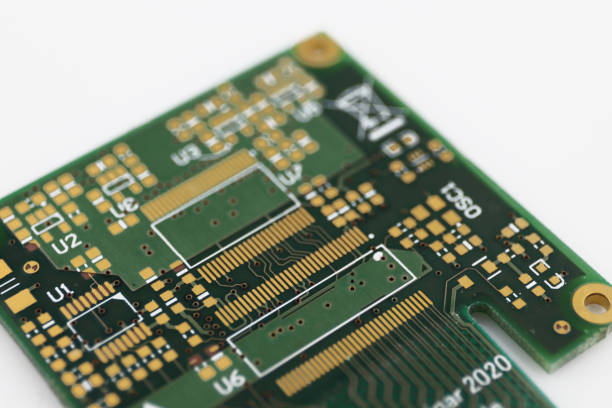Advanced Driver Assistance Systems are revolutionizing modern vehicles. These systems rely heavily on high-performance Automotive PCBs to function seamlessly. From collision avoidance to adaptive cruise control, Automotive PCBs are the backbone of ADAS, ensuring real-time data processing and reliable connectivity. The demand for smarter, safer vehicles pushes automakers to integrate more sophisticated electronics. Automotive PCBs must meet stringent durability, heat […]
6-Layer SSD PCBs are becoming essential for faster, more efficient storage solutions. These PCBs play a significant role in high-speed data transfer, durability, and space efficiency. Whether for consumer devices or industrial use, understanding key design considerations for 6-layer SSD PCB is vital for optimal performance. Layer Stack-up and Its Impact on 6-Layer SSD PCB […]
Set-top boxes (STBs) are the backbone of home entertainment, connecting users to streaming services, satellite TV, and smart home systems. At their core lies the Set-top Box PCB, a complex assembly that demands precision, reliability, and compliance with global safety standards. Traditional soldering methods relied on lead-based alloys for their low melting points and ease of […]
The lighting industry is revolutionizing, driven by the demand for brighter, more efficient, and longer-lasting solutions. Ceramic PCB technology is at the heart of this transformation—a game-changer for high-power LED systems. Unlike traditional materials like FR4 or aluminum, Ceramic PCBs offer unmatched thermal management, durability, and electrical performance. From smart city streetlights to industrial-grade fixtures, […]
In the fast-paced world of electronics, where speed, reliability, and miniaturization are king, Rigid-Flex PCB technology has quietly become a game-changer. Rigid-flex PCBs are at the heart of modern tech advancements, from powering the latest solid-state drives (SSDs) to enabling high-density interconnect (HDI) designs. But what makes them so unique? And how are they shaping […]
The Fourth Industrial Revolution, or Industry 4.0, transforms manufacturing by integrating advanced technologies like IoT, AI, and automation. At the heart of this transformation lies a critical component: the Gold Finger PCB. With their gold-plated edge connectors, these specialized printed circuit boards are pivotal in enabling smart manufacturing. They ensure reliable connectivity, high-speed data transfer, and […]
The Heavy Copper PCB is essential for high-power and high-current applications, but its performance heavily depends on proper layer stack-up design. A well-planned stack-up ensures optimal electrical performance, thermal management, and mechanical stability. This blog dives into the key principles of layer stack-up design for Heavy Copper PCBs, offering practical tips to maximize their performance. […]
Regarding storage solutions, the debate between NVMe and SATA SSDs is hot. Both technologies rely on SSD PCB to deliver performance but differ significantly in design, speed, and application. Understanding these differences is crucial for choosing the proper storage solution. This article dives deep into SSD PCB, comparing NVMe and SATA SSDs to determine which […]
Electronic devices’ miniaturization and high performance are essential in today’s fast-evolving technology landscape. HDI PCB (High-Density Interconnect Printed Circuit Boards) are crucial in meeting these demands. These advanced circuit boards enable smaller, faster, and more efficient electronic products, making them a cornerstone of modern electronics. Whether in consumer electronics, automotive applications, or healthcare devices, HDI […]
FPC PCB is the backbone of modern electronics, enabling sleek designs and innovative applications. From smartphones to medical devices, these flexible circuits power the technology we rely on daily. But how does an FPC PCB go from a design concept to a fully functional component? This article takes you through the entire FPC PCB manufacturing process, from initial […]










